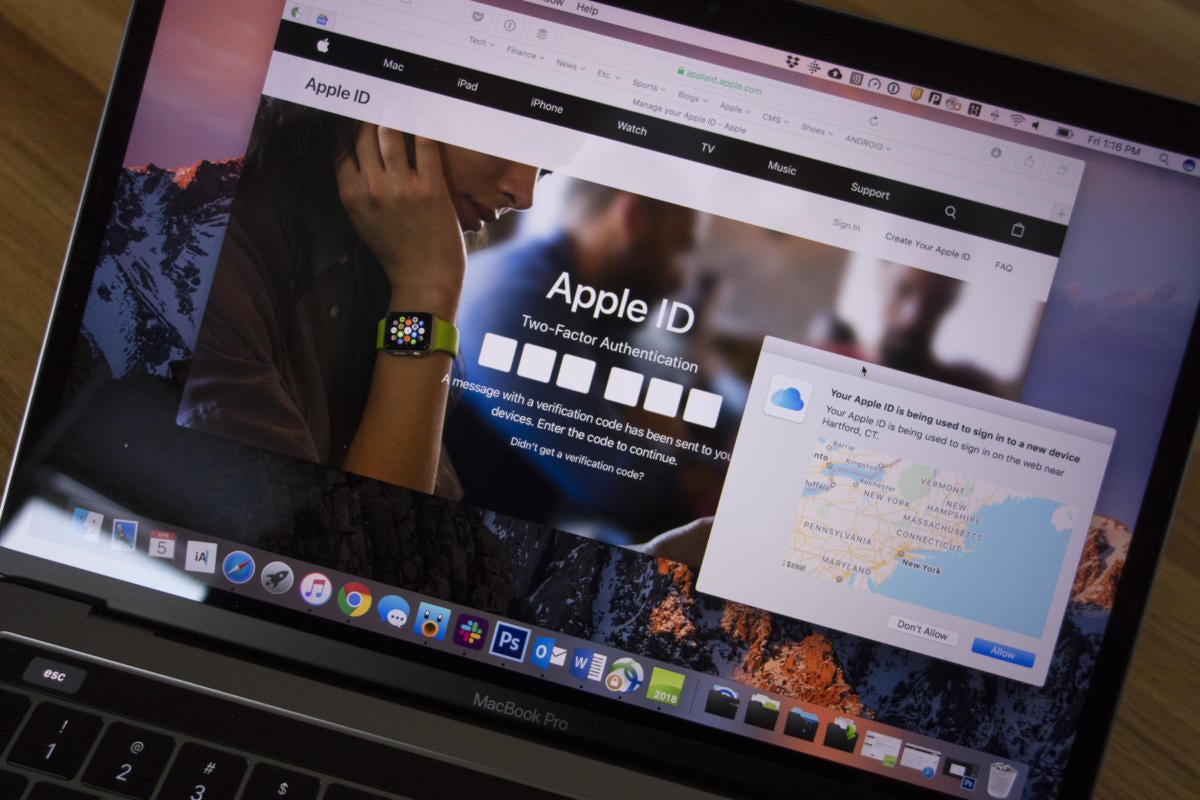The four Es of AI: Keeping up with the trend that never sleeps
You can’t wrangle AI by yourself. Your journey will be fruitful only to the extent that you can instill in those with whom you go to market a digital fluency and a confidence in your ecosystem. Accordingly, many CIOs have fashioned themselves into the de facto AI professor within their organizations—developing 101 materials and conducting roadshows to build awareness, explain how generative AI differs from other types, and discuss its risks. ... To explore is to pose the question: How can I make AI work for my organization?Since the AI landscape is both large and complex, take a two-pronged approach: analyze internally and marry that analysis to marketplace activity. Internally, start by looking at your value chain or the capabilities that deliver your value proposition. Brainstorm how generative AI could make your processes (and the people supporting those processes) more intelligent and productive. If you’re already using AI for some of the use-cases you brainstorm, no matter – record those too.
How financial institutions can reduce security and other risks from MRAs

Regardless of the cause, remediating an MRA is far more costly than strengthening a risk management process at the outset. Some of the risks and costs that a company accepts when it allows an issue to grow into an MRA include: Incident remediation costs - The average cost of a data breach or security incident in the financial industry is much higher than the cost of identifying and remediating vulnerabilities earlier. The financial institution will also need to allocate remediation resources, which could include hiring additional staff, investing in new technology, or engaging third-party consultants to provide expertise and support. Regulatory fines, penalties, and increased scrutiny - If the financial institution fails to address the MRA appropriately, it could face fines and penalties. These fines can range from a few thousand to millions of dollars. Once an MRA is issued, the financial institution may also face increased regulatory scrutiny and oversight.
Adopting and adapting to the industrial metaverse

First, to get all staff members to participate and make use of these new
technologies, finding workable approaches to create sufficient incentives and
motivation are necessary to get employees involved on all levels of the
organisation and across generations. Second, human resources and managers need
to ensure that employees will accept these novel solutions and adopt new ways of
working. A long list of requirements exists to make workers and employees
comfortable in using the industrial metaverse frequently. Worker motivation and
the feeling of meaningfulness are important considerations that relate to social
aspects of work. On the data side, safety, security, and ethics of data
collection, management and sharing already play major roles, but will do so even
more in advanced virtual environments. ... Third, corporate leaders need to
create a conclusive strategy for employing the industrial metaverse and
establishing the required capabilities for implementation, building and
maintaining the digital and physical infrastructure.
Embracing Complexity and Emergence in Organisations
Each organisation has its own context and evolves in a slightly different
ecosystem with varied dynamics, Hebert said. Almost any behaviour can be
successful for a while given the right environment. But most behaviours that are
based on a desire for collaboration, communicating better, and with reciprocity
in mind seemed to do better in a way that felt more sustainable, especially when
being challenged by new circumstances, Hebert added. Psychological safety is
critical when dealing with complexity, Hebert said. The only way you can get
into that decision-making process that people have is for them to be able to
report what they find challenging, risky, difficult, or even easy. This happens
when people can do that without fearing retribution or negative consequences,
Hebert mentioned. That feedback making it to you also depends on them trusting
that giving that information will lead to positive outcomes and will be acted
on, not just that nothing bad will happen, he said.
8 Ways Aspiring Leaders Can Establish Executive Presence At Work

"First, speak the languages of the leaders above you. Do they use certain
vocabulary? Learn it and use it as well. Second, dress the part, especially on
recorded calls. Finally, find a mentor internally who was promoted and learn
what they did. Most people are generally open to sharing their tips." ...
While most of us tend to shun making mistakes, Galetti suggests that embracing
them, even though uncomfortable, encourages career growth, while also
fostering a culture of transparency: "Don’t be afraid to make mistakes and
fail – and when you do make a mistake, own it, learn from it, and really
examine it so you can understand where you can improve in the future. ...
Becoming curious as a leader is essential to operating effectively, so you can
have a detailed view of the business. "Leaders are never done learning, and
they seek diverse perspectives. Asking questions is how we all learn," Galetti
adds. Beyond this, seek to ask questions that no one has ever asked or thought
of yet.
From Chaos to Clarity: Revolutionize

While data fabric brings numerous benefits to data management and application
development, it is important to acknowledge its limitations and challenges.
One limitation lies in the complexity of implementing and maintaining data
fabric architectures. Integrating various data sources, ensuring data quality
and consistency, and managing data governance can be intricate and
time-consuming processes. Additionally, data fabric relies heavily on
interoperability and compatibility between different systems and technologies,
which can present challenges in heterogeneous environments. Furthermore, with
data volumes continuing to grow exponentially, data fabric must efficiently
handle large datasets and support high-speed data processing. It is expected
that by 2025, the volume of data will increase by over 150%, hitting 181
zettabytes, making the insurance of scalability without compromising
performance a more demanding task than ever. Nevertheless, data fabric has
emerged as a transformative force in the realm of data management and
application development.
Motherboard Mishaps Undermine Trust, Security

The issue is the latest mishap in a stream of problems that have impacted
motherboard makers in the past year. In January, a set of five vulnerabilities
in firmware used by baseboard management controllers — remote management chips
included on many server motherboards — could have allowed remote access over the
Internet. In late May, researchers revealed that a backdoor in hundreds of
models of motherboards from Gigabyte, intended to allow easier updating, left
computers open to attack. ... In the most recent incident, there is not a lot
for users to do but beware of using preview versions of Windows on business
systems. However, in general, companies should make sure that fundamental
security measures, such as Secure Boot, are enabled on their motherboards. In
2023, this should be standard for all motherboards, but at least one researcher
discovered that MSI had turned off Secure Boot on some of the motherboard
models. In late 2022, Polish security researcher Dawid Potocki discovered that
one version of the company's motherboards shipped without Secure Boot.
Managed Apple IDs, iCloud, and the shadow IT connection

Since Managed Apple IDs are organization-owned and IT-managed, the security
risks of using iCloud with Managed Apple IDs are basically a non-issue. But even
with Managed Apple IDs, data can still get siloed, lost or inaccessible to
users. This happens in multiple ways. On-device data gets backed up to iCloud;
data can be synced across multiple devices unevenly; and data can be shared via
iCloud across multiple users. Should an employee leave a company, there's little
concern about them taking corporate data with them; their access to it through
their Managed Apple ID is terminated along with access to other enterprise
accounts. But if that departing worker is the only one who had that data, others
might not know it exists or be able to access it. As users become more trusting
of cloud solutions in general, and iCloud in particular, data could gradually
move from central repositories to existing only on user devices and in iCloud
storage. The result: that data becomes more personal, because its associated
with the person doing the job as opposed to the job itself.
The perils of short links

Some link-shortening tools, such as Sniply, offer users more than just shorter
links. They allow tracking the actions of link clickers on the actual
destination site, which is effectively a man-in-the-middle attack: traffic
passes through an intermediate service node that monitors all data exchanged
between the user and the destination site. Thus, the URL shortener can intercept
anything it wants: entered credentials, social network messages, and so on. ...
Using such links, an attacker who already has some information about you can
redirect you to a phishing site where your personal data is pre-filled. For
example, to a copy of a banking site with a valid username and a request to
enter your password, or to the “payment gateway” of some service with your bank
card number pre-filled, asking you to enter a security code. What’s more, such
links can be used for doxing and other types of tracking, especially if the URL
shortener service offers advanced functionality. For instance, our recent post
about protecting privacy in Twitch looked in detail at ways to de-anonymize
streamers and how to counter them.
ChatGPT – IP and Privacy Considerations

Given the volume of data used to train ChatGPT it is inevitable that some
personal data will be included in the dataset. In accordance with Article 6 of
the GDPR, the processing of this personal data requires a legal basis to be
considered lawful. Given few, if any, data subjects will have provided GDPR
standard consent the only legal basis likely to apply is ‘legitimate interest’.
Interestingly at the end of March the Italian data protection regulator (the
Garante) temporarily blocked ChatGPT due to its inability to establish a legal
justification under Article 6 GDPR. However, less than a month later the Garante
were satisfied that OpenAI had addressed their immediate concerns, including by
improving its privacy notice and the rights it grants to individuals. It
therefore re-granted access to the Italian public. ChatGPT continues to raise
concerns amongst regulators and academics regarding its data protection
policies. The European Data Protection Board has established a taskforce to
review ChatGPT’s GDPR compliance.
Quote for the day:
"Most people work just hard enough not
to get fired, and get paid just enough money not to quit." --
George Carlin
No comments:
Post a Comment